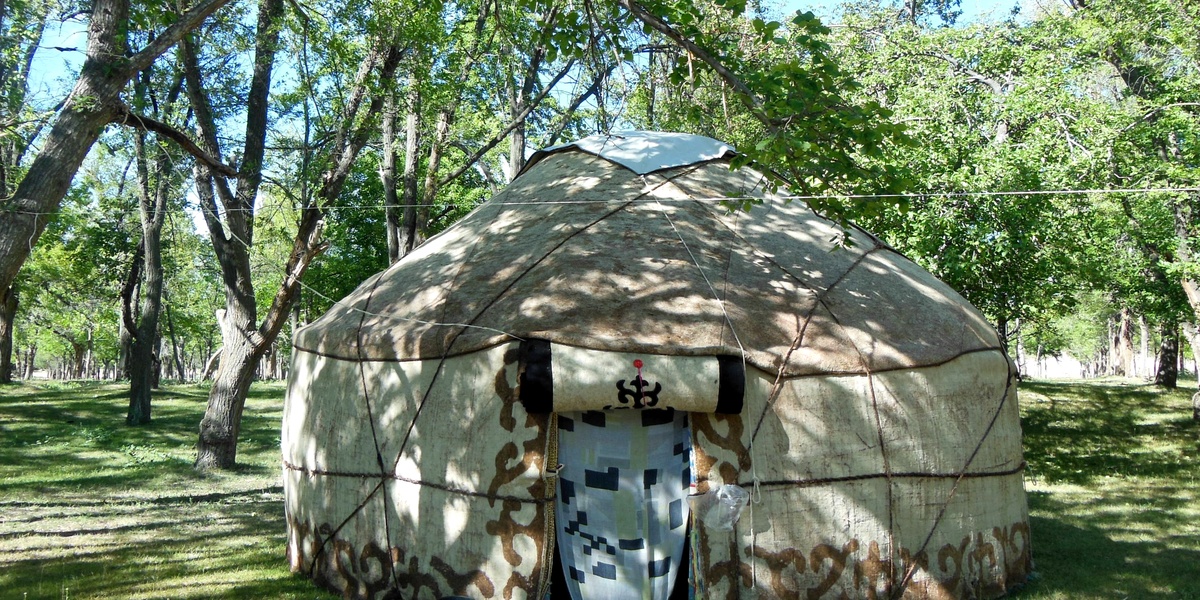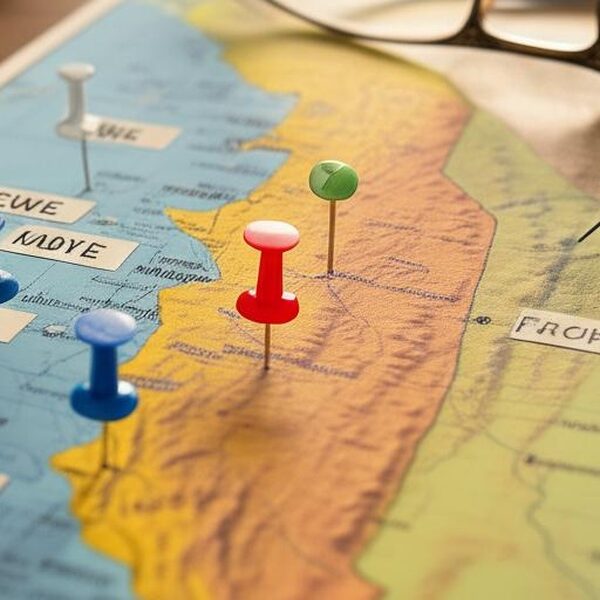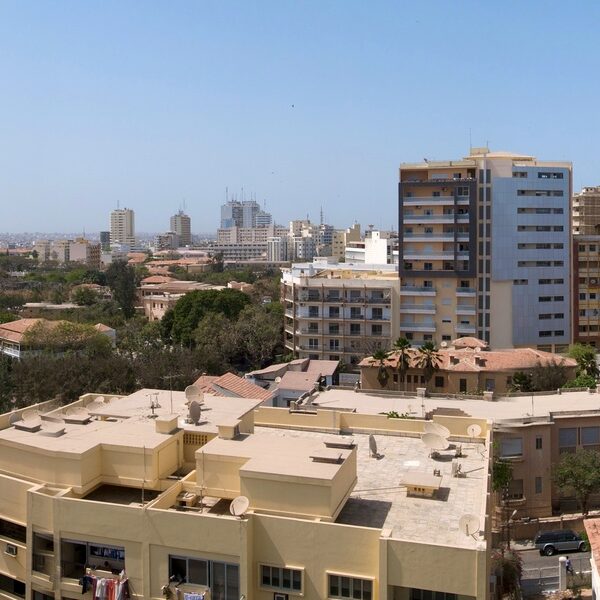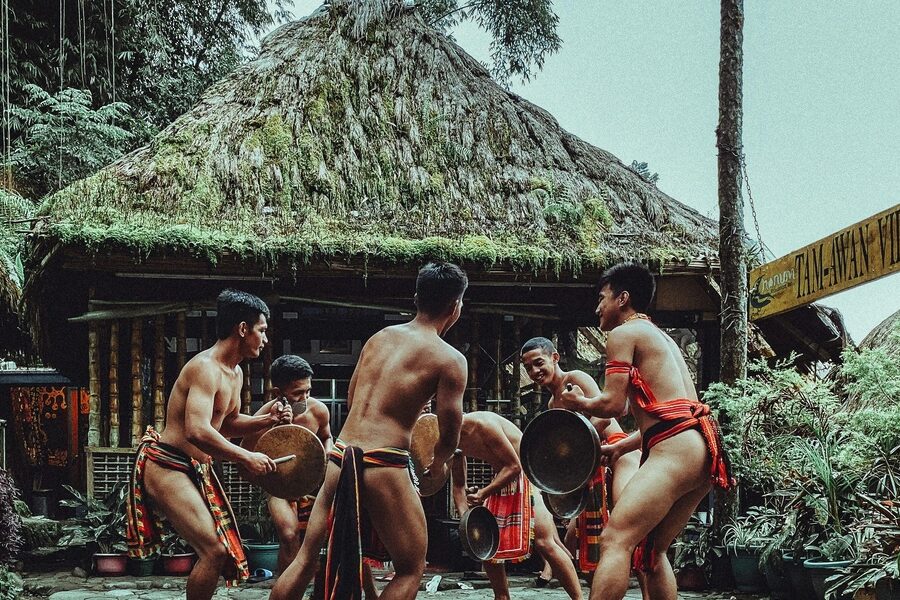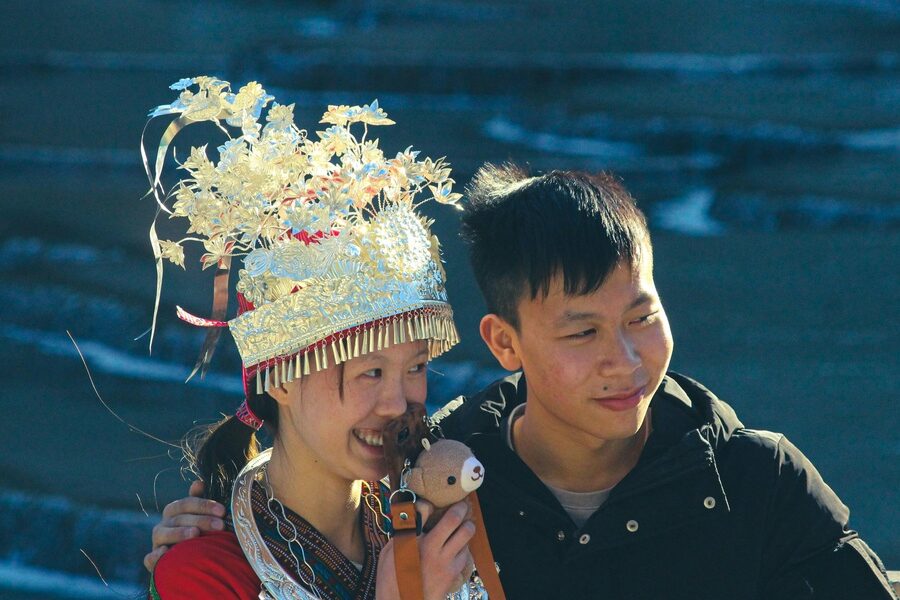Kyrgyzstan sits at the heart of Central Asia, where mountain valleys and trade routes have shaped a mix of peoples over centuries. Understanding the country’s ethnic makeup helps explain local languages, customs, and where communities are concentrated across regions.
There are 20 Kyrgyzstan Ethnic Groups, ranging from Armenian to Uzbek. Each entry lists Population (%),Main regions,Primary language(s) so you can quickly compare size, location and language — you’ll find below.
Which ethnic groups are the largest in Kyrgyzstan?
The largest groups are the Kyrgyz majority followed by sizable Uzbek and Russian communities; together they account for most population and influence regional language use, while smaller groups often concentrate in particular oblasts or towns.
How current and reliable are the population and language figures?
Most figures come from recent national censuses and reputable surveys, but estimates can shift between censuses due to migration and differing survey methods; use the listed percentages and regions as a clear snapshot rather than exact, unchanging counts.
Kyrgyzstan Ethnic Groups
| Name | Population (%) | Main regions | Primary language(s) |
|---|---|---|---|
| Kyrgyz | 75.49 | All regions, especially Naryn, Talas, Issyk-Kul, Osh | Kyrgyz, Russian |
| Uzbek | 15.27 | Osh, Jalal-Abad, Batken (Fergana Valley) | Uzbek, Kyrgyz, Russian |
| Russian | 4.92 | Chuy (including Bishkek), Issyk-Kul | Russian |
| Dungan | 1.13 | Chuy, Issyk-Kul | Dungan (a Mandarin dialect), Russian, Kyrgyz |
| Uyghur | 0.87 | Bishkek, Chuy, Osh | Uyghur, Russian, Kyrgyz |
| Tajik | 0.81 | Batken, Osh, Jalal-Abad | Tajik (a Persian dialect), Uzbek, Kyrgyz |
| Turk | 0.65 | Chuy, Jalal-Abad, Bishkek, Osh | Turkish, Russian |
| Kazakh | 0.52 | Chuy, Issyk-Kul, Talas | Kazakh, Russian, Kyrgyz |
| Tatar | 0.32 | Bishkek, Chuy, Jalal-Abad | Tatar, Russian |
| Azerbaijani | 0.31 | Chuy, Jalal-Abad, Osh | Azerbaijani, Russian |
| Korean | 0.24 | Chuy (including Bishkek), Talas | Russian, Koryo-mar (a Korean dialect) |
| Ukrainian | 0.14 | Chuy (including Bishkek), Issyk-Kul | Russian, Ukrainian |
| German | 0.11 | Chuy, Talas | Russian, German |
| Kurd | 0.08 | Chuy, Jalal-Abad, Osh | Kurmanji Kurdish, Russian |
| Chechen | 0.04 | Chuy, Issyk-Kul | Chechen, Russian |
| Balkar | 0.03 | Chuy | Karachay-Balkar, Russian |
| Belarusian | 0.02 | Bishkek, Chuy | Russian, Belarusian |
| Karachay | 0.02 | Chuy, Issyk-Kul | Karachay-Balkar, Russian |
| Georgian | 0.02 | Bishkek, Chuy | Russian, Georgian |
| Armenian | 0.01 | Bishkek, Chuy | Russian, Armenian |
Images and Descriptions
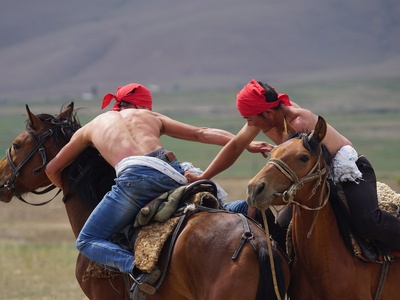
Kyrgyz
The titular Turkic people of Kyrgyzstan, with a rich nomadic heritage. Predominantly Sunni Muslim, their culture is famed for the epic poem Manas and yurt-based traditions.
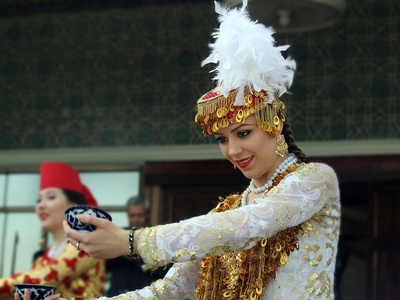
Uzbek
A Turkic group with a long history of settled agriculture in Central Asia. Predominantly Sunni Muslim, they form a major part of urban and farm life in southern Kyrgyzstan.
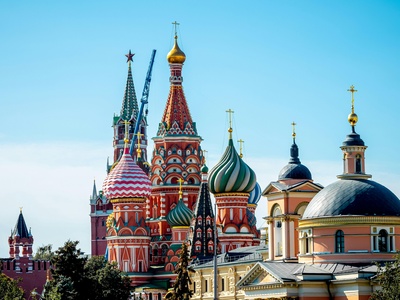
Russian
An East Slavic group, primarily Orthodox Christian. Most ancestors arrived during the Russian Empire and Soviet eras, playing key roles in administration, industry, and urban development.

Dungan
A group of Hui Chinese origin who migrated to the region in the 19th century. They are Sunni Muslims renowned for their unique cuisine and intensive farming skills.

Uyghur
A Turkic people primarily from the neighboring Xinjiang region of China. They are Sunni Muslims with a rich cultural history connected to Silk Road trade and oasis cities.
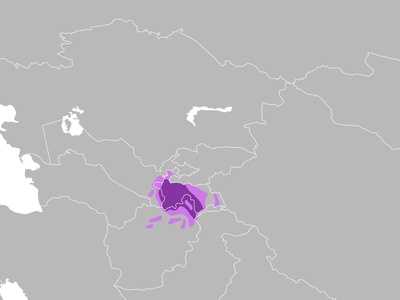
Tajik
An Iranic people sharing close linguistic and cultural ties with Persia and Tajikistan. Mostly Sunni Muslims, they are often found in agricultural communities near the Tajik border.

Turk
Mainly Meskhetian Turks, a group deported from Georgia to Central Asia by Stalin in 1944. They are Sunni Muslims who have maintained their distinct cultural traditions.
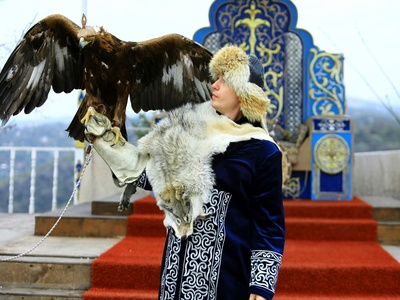
Kazakh
A fellow Turkic and formerly nomadic people, closely related to the Kyrgyz. They share many cultural traditions and are predominantly Sunni Muslim, living mainly in northern border regions.

Tatar
A Turkic group from the Volga region of Russia. Mostly Sunni Muslims, their ancestors arrived as merchants, administrators, and professionals during the Russian and Soviet periods.
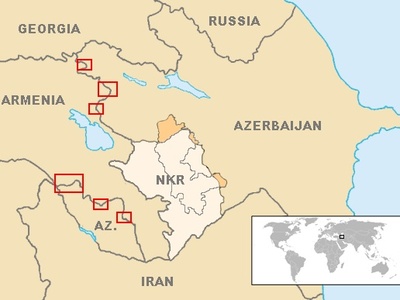
Azerbaijani
A Turkic people from the Caucasus. The community in Kyrgyzstan includes descendants of Soviet-era migrants. The majority practice Shia Islam, distinguishing them from their Sunni neighbors.
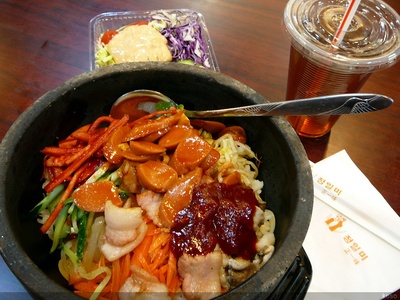
Korean
Known as Koryo-saram, they are descendants of Koreans deported by Stalin from the Soviet Far East in 1937. They are known for their distinctive cuisine and agricultural entrepreneurship.
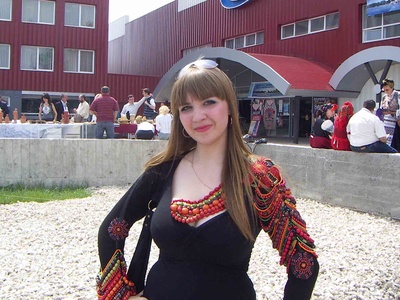
Ukrainian
An East Slavic group whose ancestors migrated as farmers and workers during the Russian Empire and Soviet Union. They are primarily Orthodox Christians.

German
Descendants of Volga Germans and others deported to Central Asia by Stalin during WWII. Though many have since emigrated to Germany, a small, tight-knit community remains.
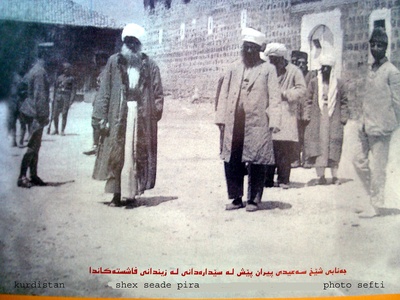
Kurd
An Iranic people originating from the Middle East. Most descend from groups exiled from the Caucasus to Central Asia during the Soviet era. They are primarily Sunni Muslims.
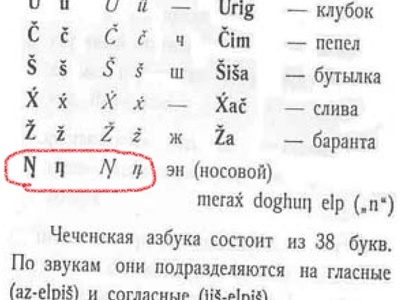
Chechen
A Northeast Caucasian people, most are descendants of the 1944 Stalinist deportations from Chechnya. They are overwhelmingly Sunni Muslim and known for their strong clan traditions.
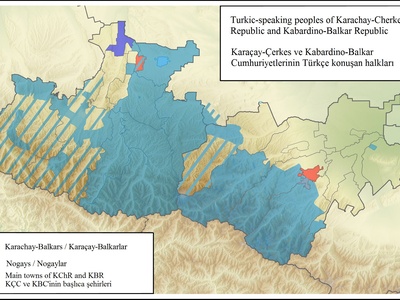
Balkar
A Turkic people from the North Caucasus. Their presence in Kyrgyzstan also dates to the Stalinist deportations of 1944. Most are Sunni Muslims and share a language with the Karachays.

Belarusian
An East Slavic group. Their community formed during the Soviet period through professional assignments, military postings, and agricultural settlement programs in Kyrgyzstan.
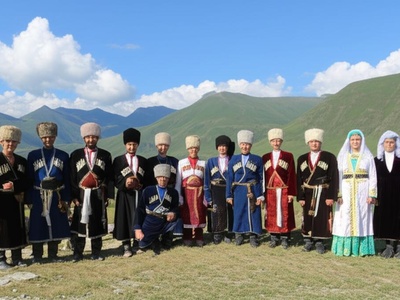
Karachay
A Turkic people from the North Caucasus who were deported to Central Asia in 1943. While many later returned home, a small community remained in Kyrgyzstan.
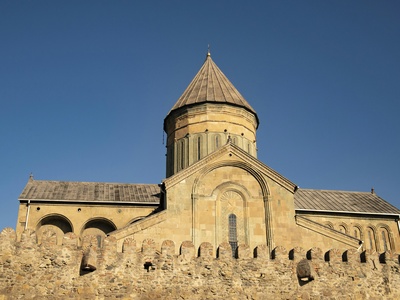
Georgian
A Kartvelian people from the Caucasus. Their small community in Kyrgyzstan largely formed during the Soviet era through various migrations for work and other assignments.
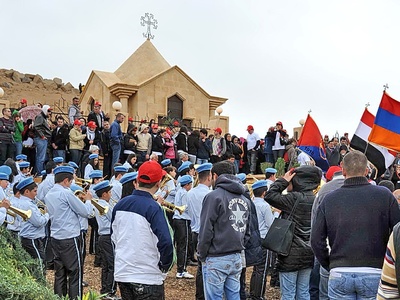
Armenian
An ancient people from the Caucasus. The community in Kyrgyzstan consists of descendants of migrants who arrived during the Soviet era, often as skilled professionals and artisans.

